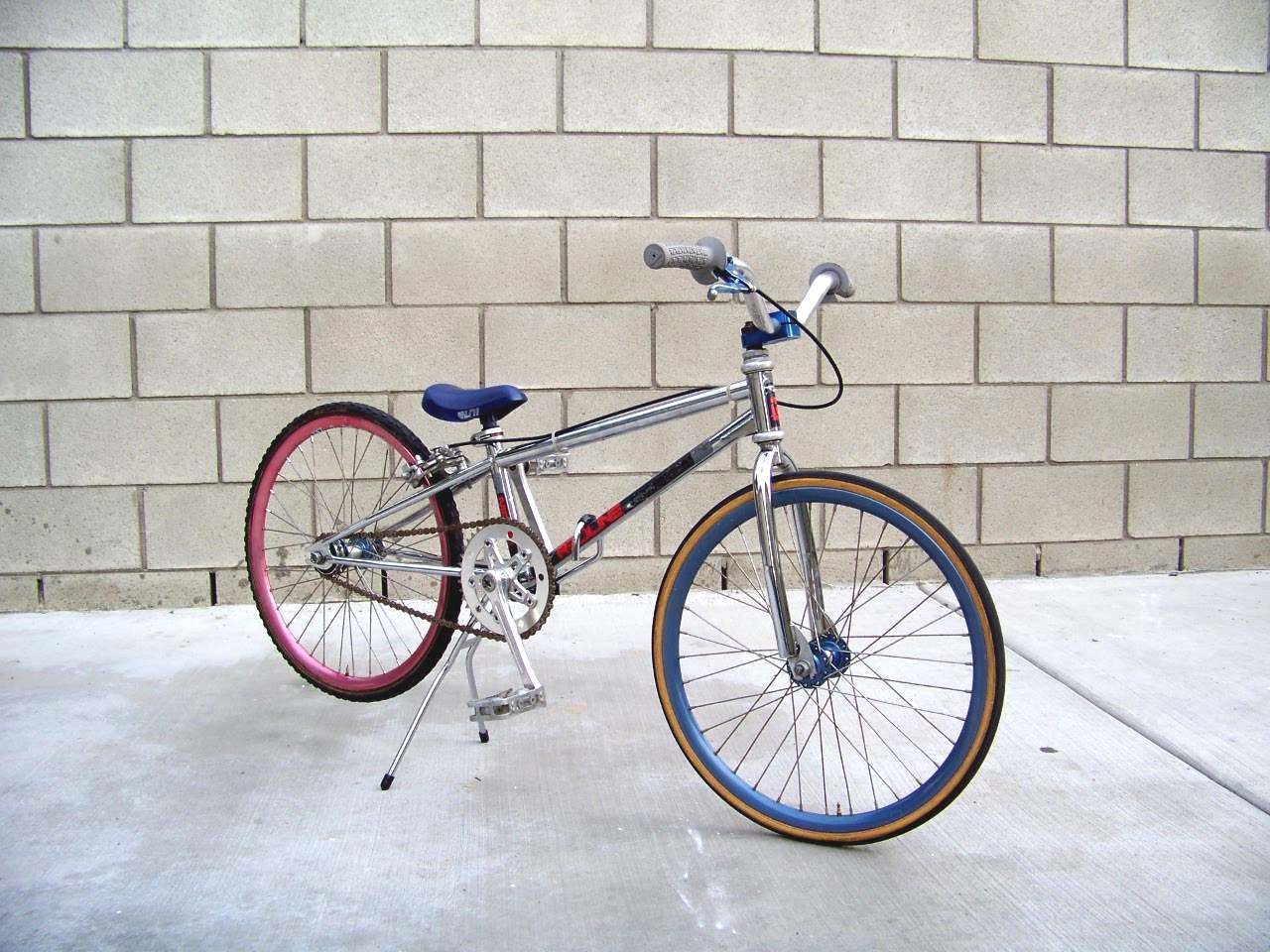
The global is the jig's coordinate where everything is orthogonal. The result is two coordinate systems: global and local. It does require some calculations, but at least they are exact. However, in most cases the orthogonal layout is sufficient and simpler to assemble because it requires no angle measurements, which can be cumbersome. This is made easy in the newer version of The Jig from ideas2cycles.

The profiles can be fastened at an angle either using the same 45 GD angles or with clamps (called Cross connector) from the same supplier. Why an orthogonal configuration? The seat tube and head tube do not have to be parallel to each other. The 250 mm position (from the bottom) for the rear axle is chosen because it allows ample room for bottom bracket height adjustment for all conventional frame geometries, but keeps the bottom bracket low for designs with long integrated seat posts. In addition, attaching the profile holding the rear axle flush with the supporting (horizontal) profiles situates the centre line of the frame nicely relative to the planes of the rear drop outs. Why is the rear axle fixed and positioned like it is? Making the bottom bracket fixed would have required space for adjustment at both ends of the jig. The height of the jig could be reduced, but we wanted to use integrated seat tubes on some of our designs and wanted to leave some room for that. The wheelbase of regular bicycles is around 1000 mm, so with the front fork left out and the frame slightly rotated, 1000 mm is a suitable width. One could manage with shorter ones and they don't all have to be equal in length. Why 1000 mm long? For the sake of simplicity. On the downside, it can be considered a bit expensive compared to wood or traditional metallic square profiles. Why aluminium profile? It is light, strong, stiff, robust, heat resistant, machinable, weldable, corrosion resistant, easily available and accurate.

Skip to the next step if you just want to get on building the jig.

Since the construction is quite flexible, motivating some of the choices made could be useful for the modifiers. This step describes the thought process when designing the jig.


 0 kommentar(er)
0 kommentar(er)
